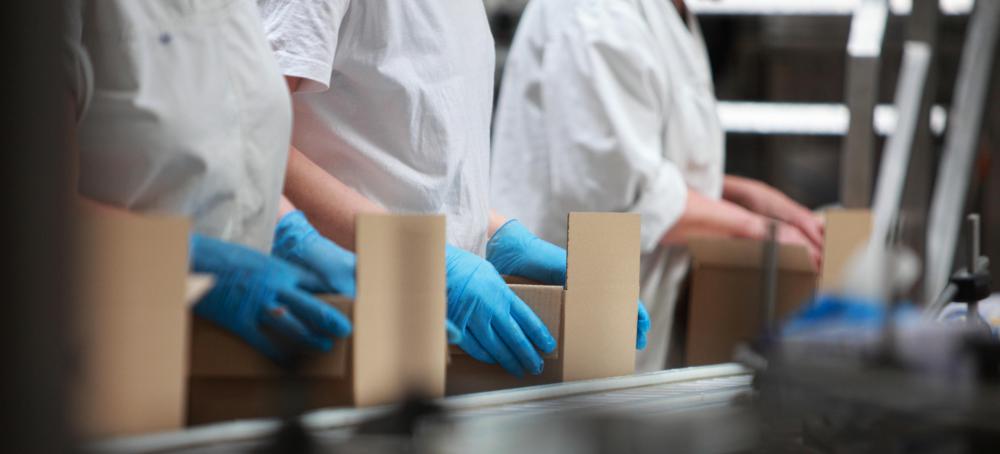At SmartCapitalMind, we're committed to delivering accurate, trustworthy information. Our expert-authored content is rigorously fact-checked and sourced from credible authorities. Discover how we uphold the highest standards in providing you with reliable knowledge.
What Are the Different Types of Capital Equipment?
Capital equipment often represents large items a company installs in its facilities for operating purposes. The different categories for these items include furnishings, machines, apparatus, or supplies used for business purposes. Accounting departments are often responsible for handling the purchase, receipt, and setup of these items in a company. Proper accounting for capital equipment is necessary in order to report the use of cash or debt and acquisition of assets. These assets appear on the balance sheet and alter a company’s net worth.
Furnishings as capital equipment are any large purchase of items used in a normal office environment. Included in this category are desks, cubicles, chairs, couches, or similar items a company would use on an almost daily basis. Other items may be in this group depending on how a company defines furnishings. The amount for purchasing these items is also dependent on the company. For example, office furnishings over a certain dollar level are assets, while those purchases below the level are immediate expenses.

Machines typically have two groups that they can fall under in terms of capital equipment purchases. The first group includes computer hardware used in production or office settings. These items can be large groups of inexpensive items or single software packages worth thousands of dollars. The other types of machines are large-scale production equipment. Companies use these items to transform raw materials into usable intermediate or final goods for businesses or consumers.

Apparatus capital equipment includes any other types of equipment that may not fit into the other two preceding categories. These items may be additions or supplements to other equipment already owned. In accounting, the company may need to add the cost for these items into an already existing capital equipment account. National accounting rules typically dictate the recording for these purchases. Companies may also be able to decide whether to record these items as an asset or an expense.

Certain types of supplies may also be capital assets. These items must typically be large purchases and last for a long time. Recording these items in an asset account will usually result in a short-term asset rather than a long-term asset. Accountants need to help companies make a determination on which purchases qualify for this treatment under national accounting rules. Office supplies and other items purchased or used on a frequent basis may not quality for a capital equipment purchase classification.
AS FEATURED ON:
AS FEATURED ON:













Discuss this Article
Post your comments